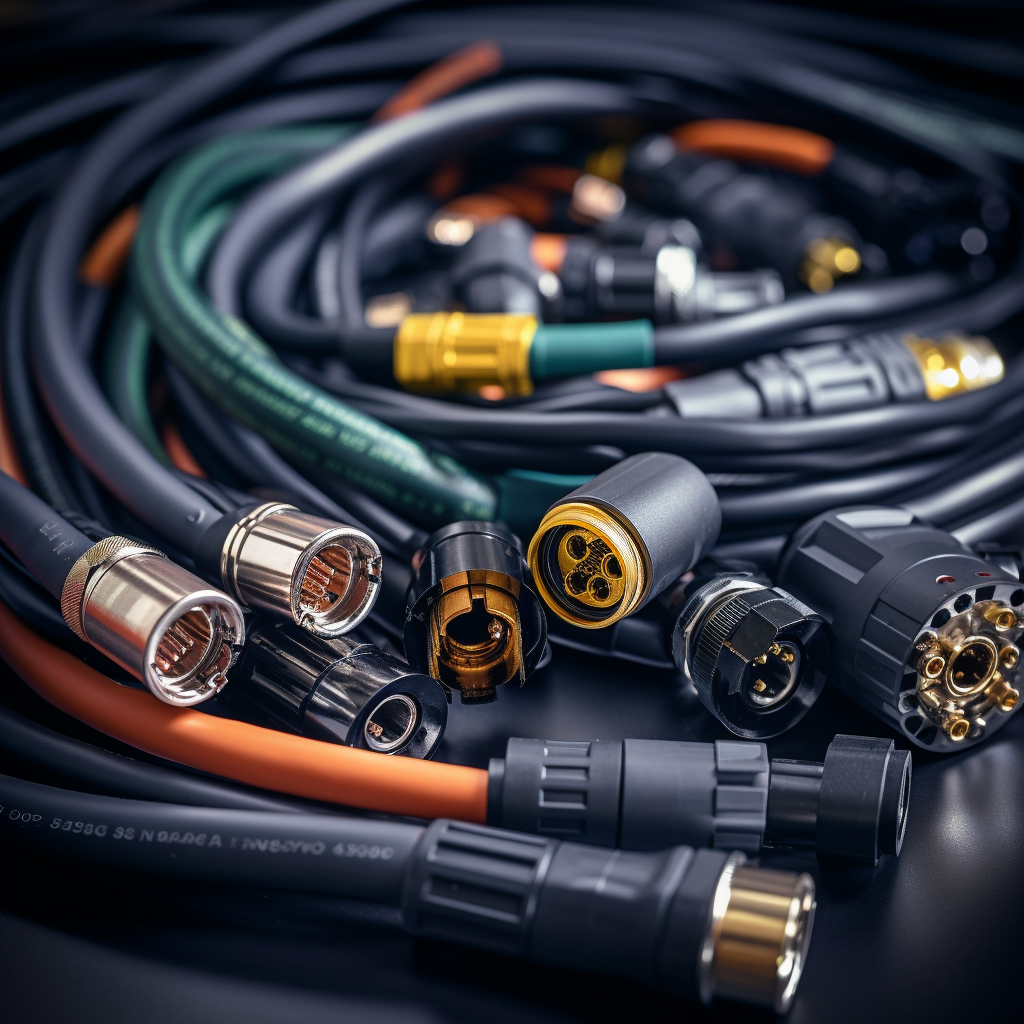Introduction
Connectors are an often understated yet vital component in cable assemblies, playing a crucial role in ensuring functionality, reliability, and safety. This blog post aims to shed light on the significance of connectors within cable assemblies, exploring their various types, applications, and the factors to consider when choosing the right connector for your project. Whether you’re a technical professional or a curious learner, this exploration into the world of connectors will enhance your understanding and appreciation of these small but mighty components.
1. The Basic Function of Connectors:
At its core, a connector’s primary role is to join electrical circuits together. In cable assemblies, connectors facilitate the connection and disconnection of wires to devices or to other cables, without the need for soldering or splicing, thereby simplifying installation and repairs.
2. Types of Connectors:
There’s a vast array of connector types, each designed for specific applications. Common types include circular connectors, used in harsh environments; D-subminiature connectors, often found in computing; and RF connectors for radio frequency applications. Understanding the different types helps in selecting the right connector for your needs.
3. Selecting the Right Connector:
Choosing the right connector involves considering factors such as the electrical requirements (current and voltage), mechanical requirements (size, shape, and durability), and environmental conditions (exposure to moisture, chemicals, or temperature extremes). The connector must match the specifications of the cable and the device it connects to.
4. The Importance of Connector Quality:
Quality is paramount in connector selection. High-quality connectors offer better reliability, longer lifespans, and are less likely to fail, which is crucial in applications where failure can lead to significant issues or hazards, such as in medical or automotive applications.
5. Connector Safety and Standards:
Connectors must comply with relevant safety standards and certifications, which vary depending on their application. This compliance ensures that the connectors are safe to use and can withstand the conditions they will be exposed to.
6. Innovations in Connector Technology:
The connector industry is continuously evolving, with innovations aimed at increasing reliability, reducing size, and improving ease of use. Recent developments include smart connectors with embedded electronics and connectors designed for high-speed data transfer.
7. Custom Connectors for Specialized Applications:
In some cases, off-the-shelf connectors may not meet the specific needs of a project. Custom connectors can be designed to address unique requirements, whether it’s a particular shape, size, material, or electrical specification.
Conclusion
Connectors are a critical component in the functionality and efficiency of cable assemblies. Understanding their role, types, and the considerations for selecting the right connector is crucial for anyone involved in the design, manufacture, or use of cable assemblies. The right connector not only ensures a reliable connection but also enhances the overall performance and longevity of the assembly.
If you need custom cable assemblies or advice on selecting the right connectors, feel free to contact WiringLabs.




